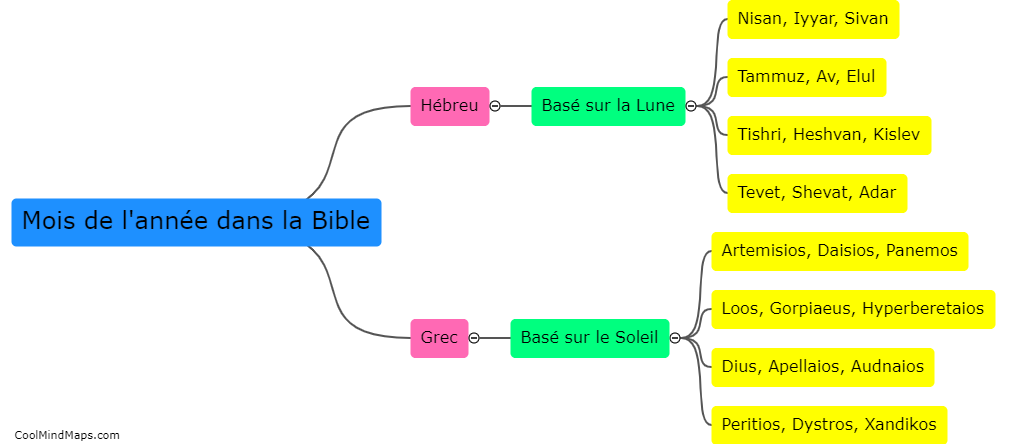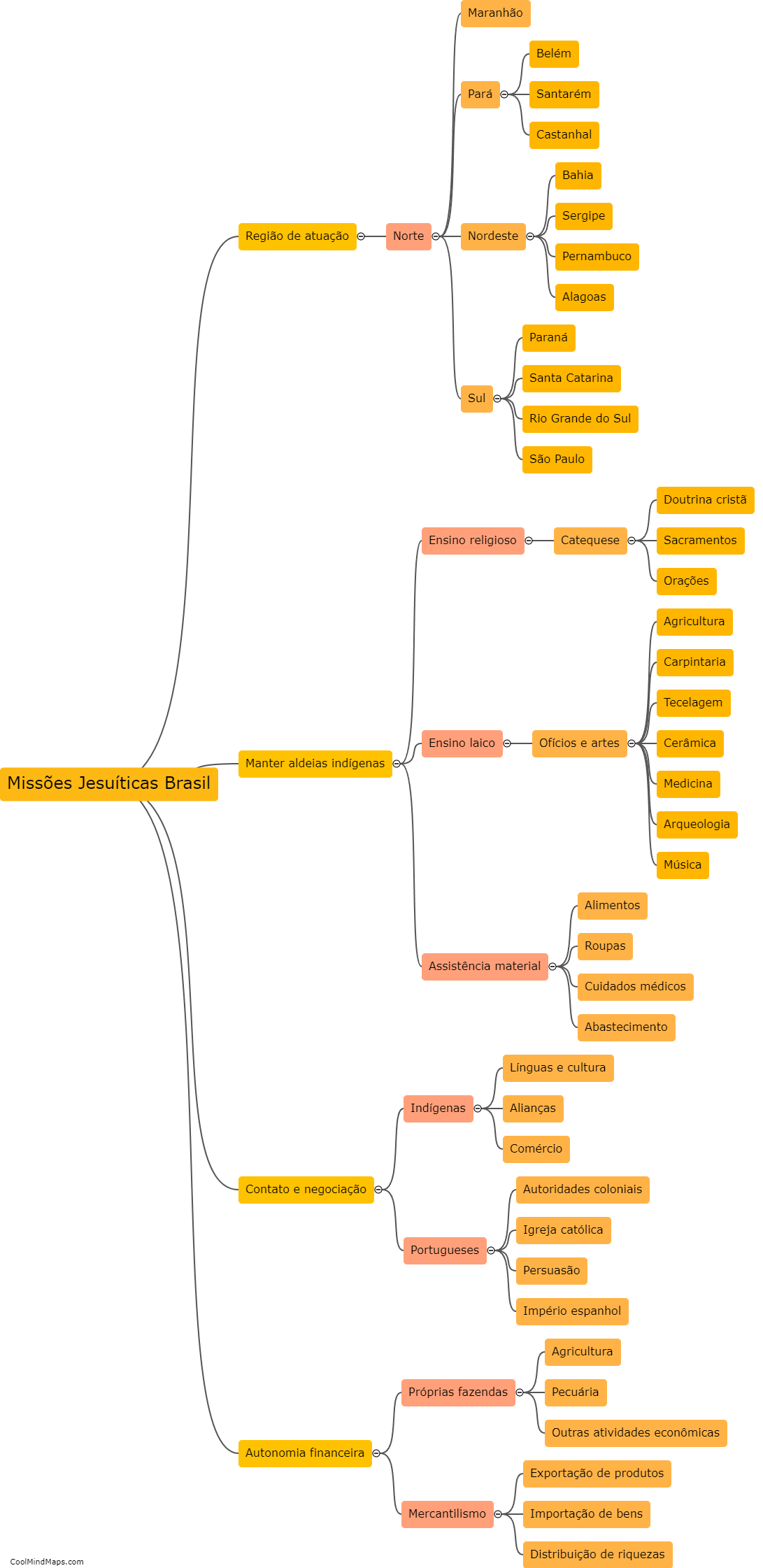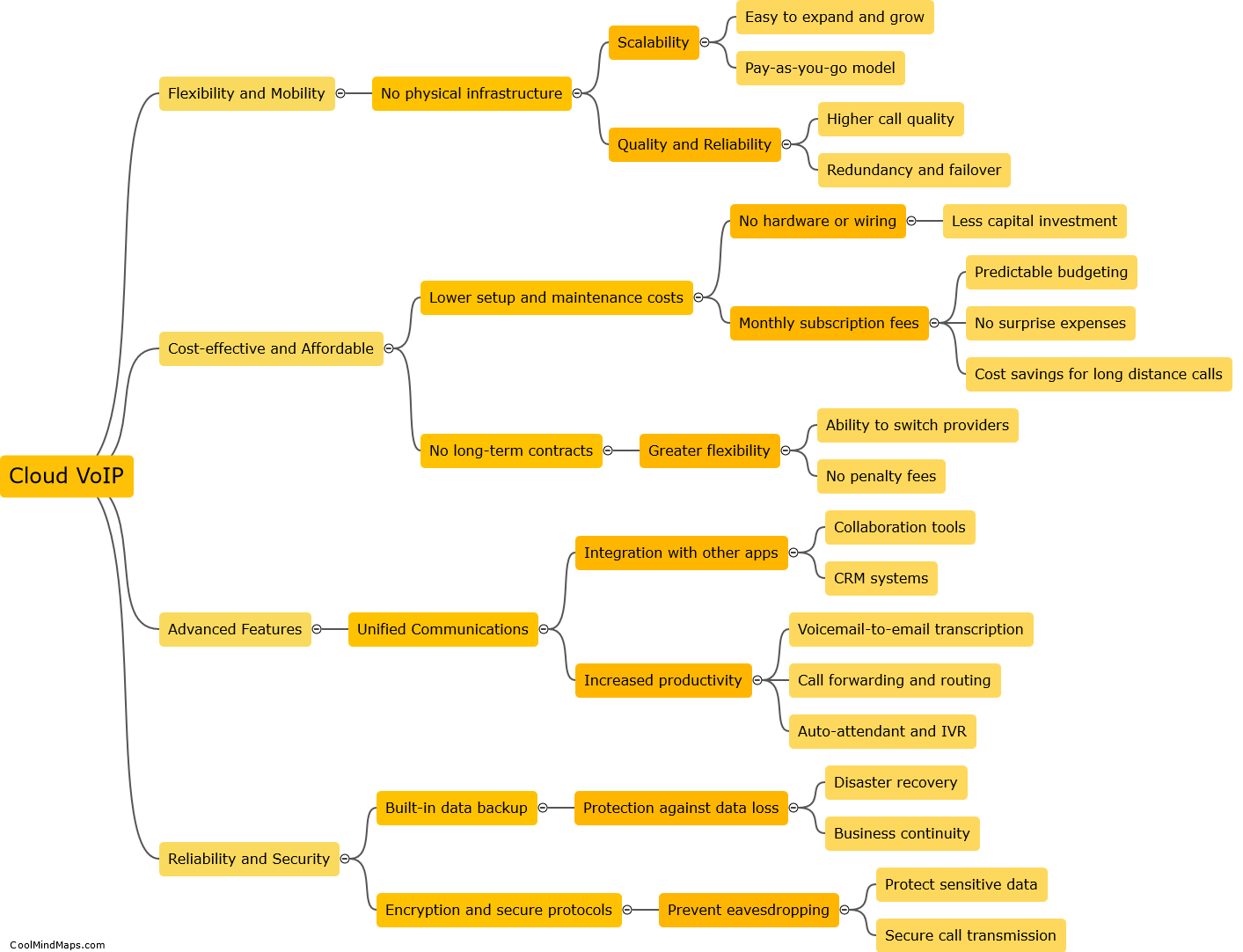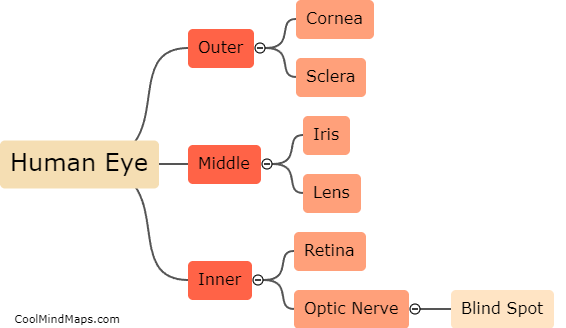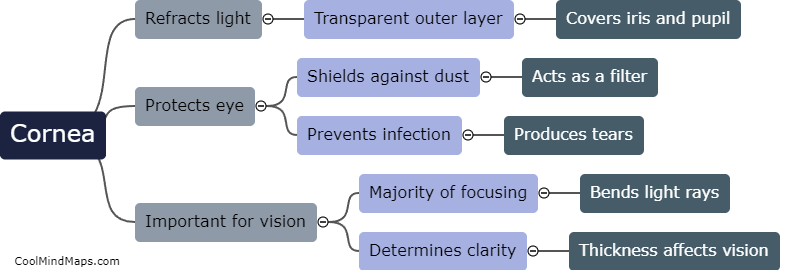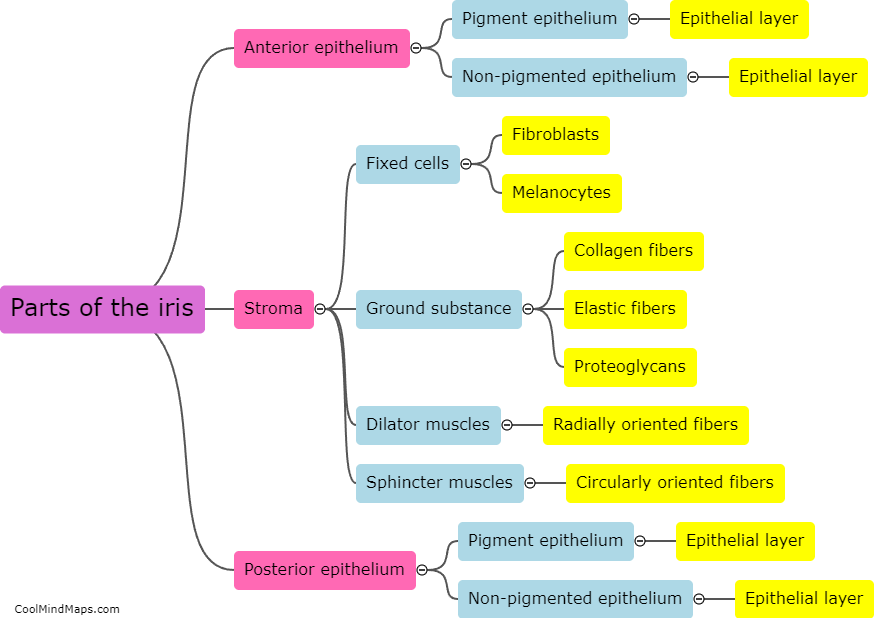How does the retina convert light into electrical signals?
The retina, located at the back of the eye, plays a crucial role in converting light into electrical signals that can be interpreted by the brain. The process begins with special light-sensitive cells called photoreceptors, which are of two types: rods and cones. Rods are responsible for detecting low-light and are more sensitive to motion, while cones are responsible for detecting color and fine detail. When light enters the eye and reaches the retina, it stimulates the photoreceptors. This causes a series of biochemical reactions, wherein the light energy is converted into electrical signals. The photoreceptor cells contain light-sensitive proteins called opsins, which undergo structural changes when hit by light. This change triggers a cascade of events that ultimately leads to the generation of electrical signals. The signals are then transmitted to other cells in the retina, such as bipolar cells, which further process and transmit the information to the optic nerve. From there, the electrical signals travel to the brain, where they are interpreted as visual information. Overall, the complex process of converting light into electrical signals within the retina allows us to perceive and comprehend the world around us visually.
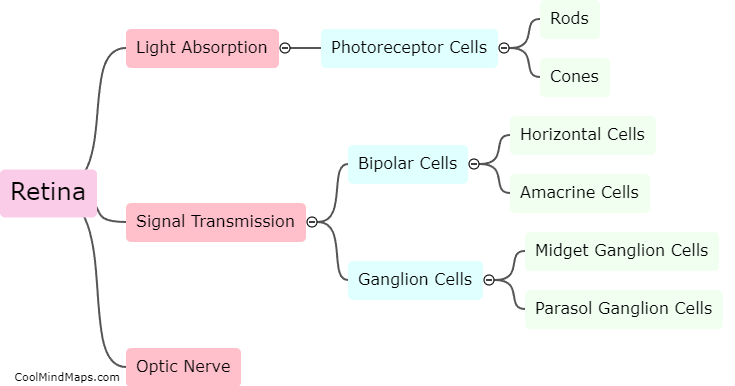
This mind map was published on 19 November 2023 and has been viewed 80 times.

